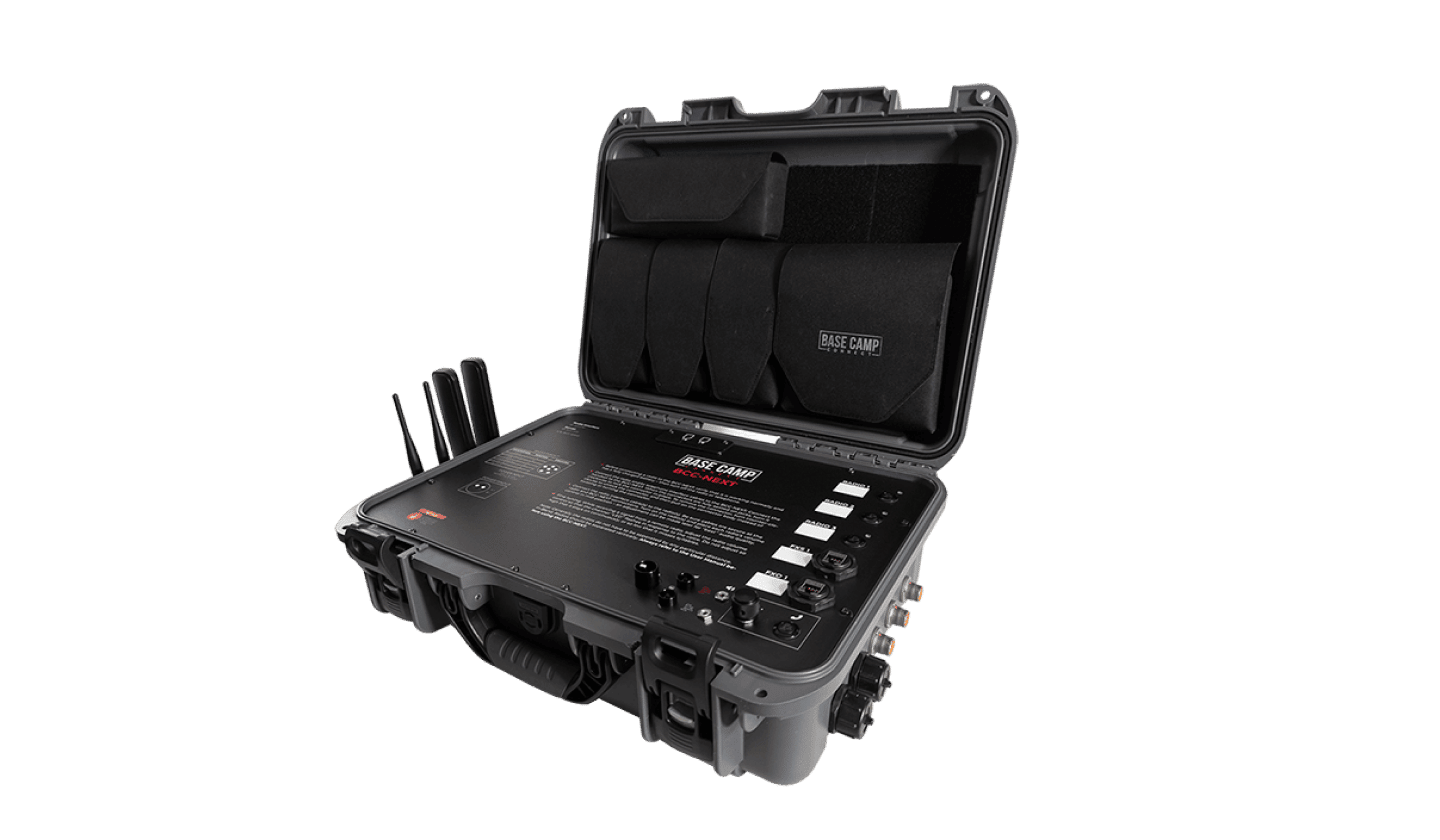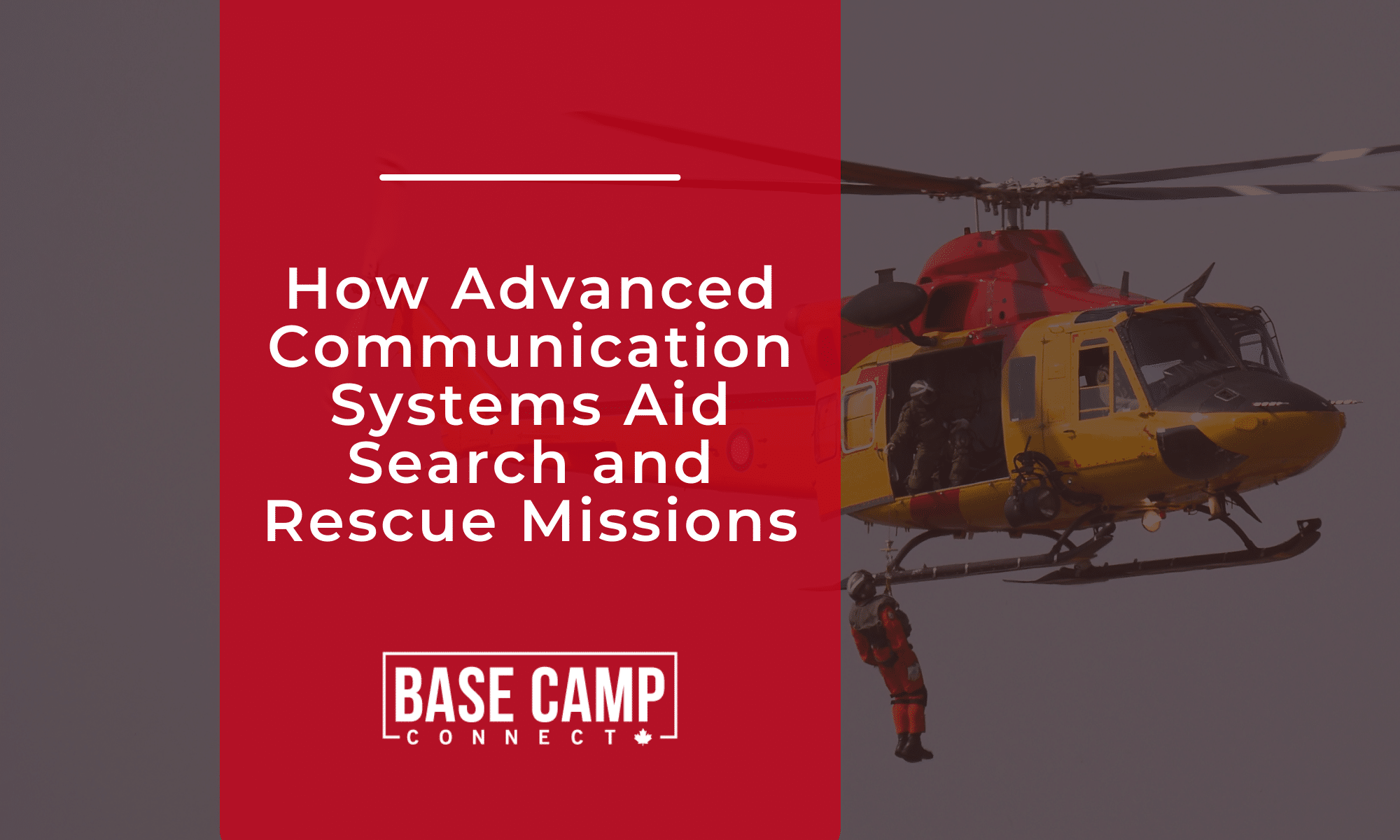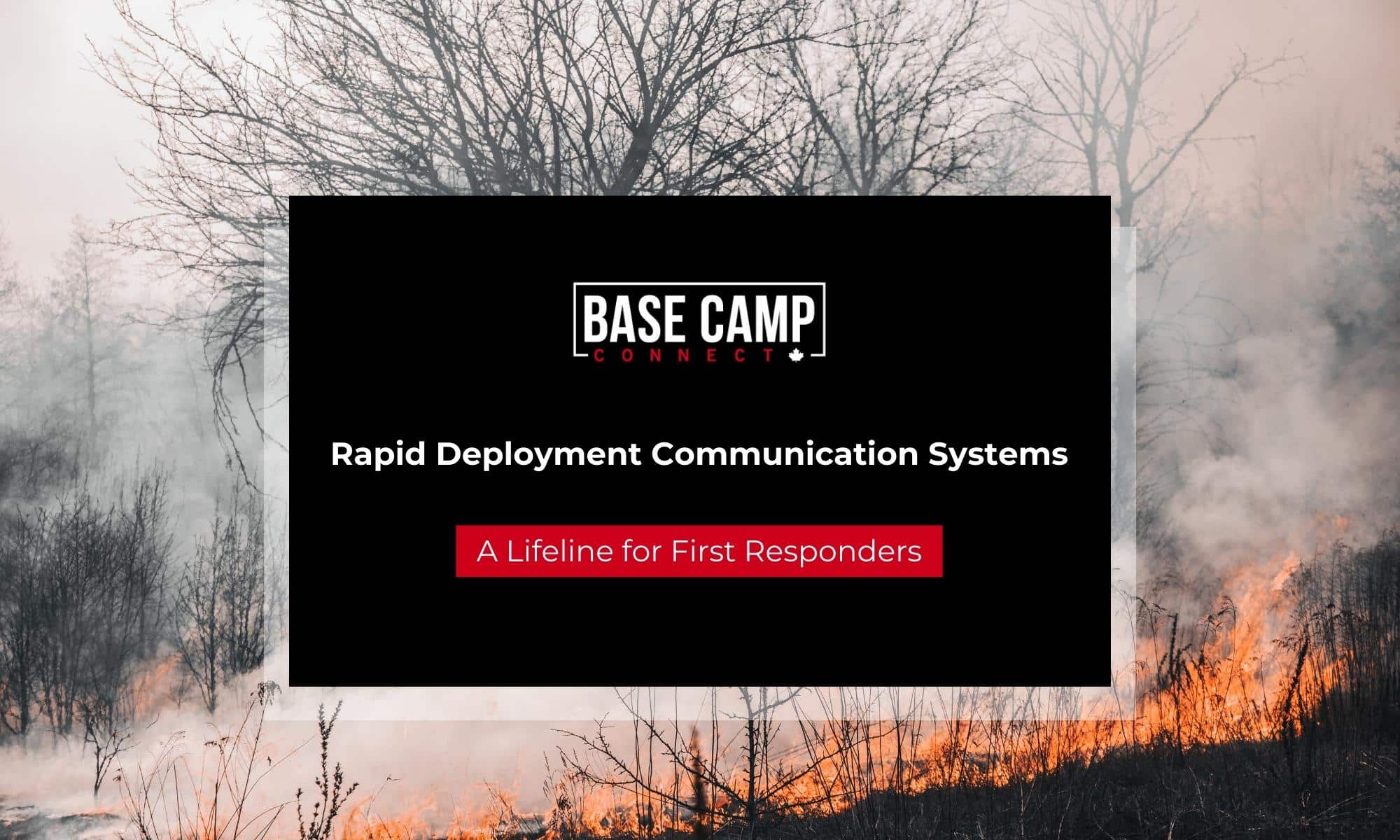In tactical communications, there are endless choices.
You have a variety of options and equipment to consider. How do you sort through which devices are truly secure? One simple way to find out if you are following behind is to benchmark your organization against the world’s major security and communication standards.
When Is The Best Time To Assess Your Tactical Communication Security?
Reviewing the quality of your security communication takes some work, so it pays to think of the right time to do it. If your organization is going through an annual planning process to set objectives for next year, that is a perfect time to do an assessment. You will detect gaps and areas for improvement.
Instead of merely telling you to read security standards and figure out ways to improve, we’re going to provide you with much more. You’re going to walk away from this post with specific ideas on what to fix in your organization.
Why Are We Using Standards To Improve Security?
Reading technical communication and communication standards are far from exciting. These documents are typically written by committee and go through many rounds of development before they are released. However, don’t let the dry nature of these documents hold you back from using them. Instead, look at these documents as concentrated best practices that help you assess your current situation.
1) Create A List of Security Standards Relevant To Your Context
As cybersecurity concerns have increased around the world, we have seen more standards and procedures developed in response. It is not practical to review all of them. Instead, use this simple shortcut we recently learned from a bank that wanted to improve its internal security
- Internal Standards and Reports. Many public safety and military organizations already have existing security standards or procedures. Start by making a list of these documents. This is your absolute bare minimum to consider. You should also consider recent events that involve communications.
For example, consider the October 22, 2014, incident on Parliament Hill in Ottawa, Canada. In this case, a gunman killed a member of the Canadian Forces at the National War Memorial” and later entered the Centre Block of Parliament to continue his attack. In the aftermath of the event, the Royal Canadian Mounted Police (RCMP) published an after-action review.
From a tactical communication perspective, providing security is complicated. The review described the problem as follows:
Interoperability amongst the various service providers remains an unresolved challenge that results in fragmented communications that impede timely decision-making relative to operational responses during a critical incident. Generally, all operationally based radio communications are managed by one Operational Communication Centre (OCC), however, the operational communications within the Parliamentary Precinct are managed by three distinct communication centers: the RCMP’s, Senates, and House of Commons.
Practically speaking, this fragmented communication system and process meant that there were operational delays responding to the incident. By improving communication interoperability, the police may be able to stop future violent events more quickly.
- Sector Specific Standards and International Standards
Meeting the tactical communication standards laid out by your organization is not enough. As shown in the report above, cooperation with other organizations is often required to provide the fastest response to a tactical situation.
To find other relevant standards in your sector, make a list of the organizations which you interact with most commonly.
To illustrate this point, consider the tactical communication needs of the Canadian Forces. On a domestic level, they will need to interact with police forces like the RCMP when they are major crisis events or security situations.
Internationally, review the communication standards created by NATO, the USA, and the UK as well. NATO is an excellent illustration of today’s demanding tactical communication environment. Established in 1949, NATO is one of the world’s most sophisticated military alliances, and it must work with all of its members.
According to a NATO communication report, “accommodate heterogeneity of user platforms and servers from high-end to disadvantaged,” is a crucial tenet for NATO communications. In plain English, that means NATO communications standards does not assume that all users have high-quality communication devices and infrastructure at all times. The communications needs of Joint Task Force 2 on deployment and the US President must all be accommodated.
Note that some of your partner organizations may not have a public communication standard. In that case, ask them for whatever guidance they can share with you in the interest of improving cooperation.
2) Apply A Stress Test To Your Tactical Communications
Now you have an understanding of the local, national, and international communication standards you must meet, testing is your next step. However, there is little value in merely testing if your tactical communication operates smoothly in lab conditions. Instead, you want to see if your systems will work under stressed conditions.
To generate a stressed tactical communication scenario, consider these options:
- Set A Stress Inducing Scenario. It is easy to follow protocol when everything is going smoothly. Start by conceiving a tactical environment such as a violent attack in a sensitive area like Pennsylvania Avenue in Washington DC or Parliament Hill in Ottawa.
- Simulate Communication System Failures. Choose one or two communication systems in advance that will be fully or partially disabled. This must be a surprise for exercise participants.
- Test Communication Creativity. Your communication protocols will only take you so far. That’s why we recommend observing how police, military, and other participants improvise to create new tactical solutions.
If you have created a realistic tactical communication scenario, you will find multiple points of failure. Now we are going to determine our next steps.
3) Prioritize Tactical Communication Problems For Resolution
You have identified your tactical communication standards, and you have carried out a communications stress test. At this stage, you will have a list of problems, malfunctions, and other issues to solve in your tactical communications. Your next move is to determine priorities – which communication problems will you work to solve over the next 12 months? Put those issues into your strategic plan and improve them. By following this process, you will make steady progress toward achieving world-class tactical communications.














